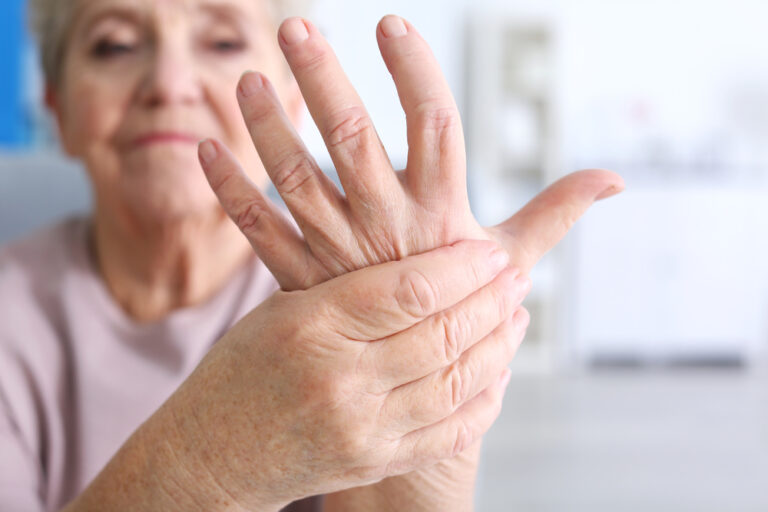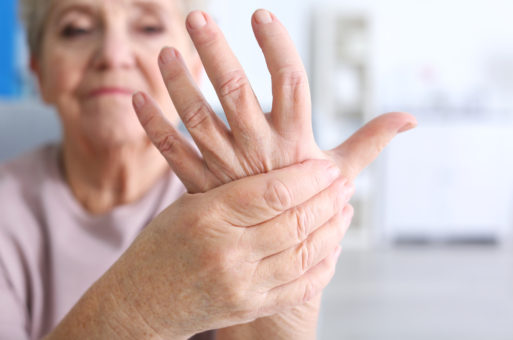Arthritis is the general term used to describe disorders that impact our joints. Pain, stiffness, redness, swelling and a decreased range of motion of our joints are common arthritis symptoms. Because we have joints in our hands, hips and knees, you can imagine just how difficult mobility can be for sufferers of arthritis. Most people assume that arthritis most heavily impacts members of our elderly population. However, as the Public Health Agency of Canada reports, that isn’t necessarily the case.
Their 2009 Survey on Living with Chronic Disease in Canada found that 4.2 million Canadians or 16 percent of the population over the age of 15 are impacted by arthritis. “Close to three in five people with arthritis are of working age (ie. age less than 65 years),” they inform, “Providing Canadian and their health professional with the information and tools needed to effectively manage arthritis will help people with arthritis lead full and active lives.”
How does arthritis impact our joints?
As mentioned earlier, stiffness, redness and swelling are among the most common symptoms of arthritis. However, the most evident impact of the condition is joint pain. As The Arthritis Society explains, joint pain can be exacerbated when you are active. When you are resting, the pain can subside. But inactivity doesn’t necessarily rid an arthritis sufferer of joint pain.
“As the disease progresses, the pain may be triggered by increasingly ordinary activities and may become unpredictable, occurring at rest and during sleep,” explains their website, “The pain you feel may not necessarily match the degree of arthritis seen on an x-ray. Pain is a complicated process affected by what is happening inside your joint as well as factors outside of your joint, such as surrounding muscle strength, genetics, physical activity, sleep and mood.”
Osteoarthritis is the most common type of arthritis.
Also referred to as OA, osteoarthritis impacts more Canadians than all other forms of arthritis combined, The Arthritis Society tells us. It is progressive disease of the whole joint that leads to the breakdown of joint cartilage and the underlying bone. OA is often described as “wear and tear” arthritis although research has found that it worsens due to a body’s inability to repair damaged joint tissues.
“The joints most commonly affected by OA are the knees, hips, big toes, hands and spine,” informs The Arthritis Society, “OA affects everyone differently, but common symptoms include joint pain, aching, morning stiffness lasting less than 30 minutes, reduced range of movement in the affected joint(s) and possibly swelling. The symptoms come and go but the intensity of the pain increases over time as OA is a progressive disease.”
How can arthritis sufferers improve their mobility?
Depending on the joints that are affected, arthritis can wreak havoc on an individual’s ability to safely walk and handle day-to-day responsibilities. At LifeCare Mobility Solutions, we’re proud to offer an array of mobility solutions that help arthritis sufferers to enjoy more independence.
If you have any questions about the mobility solutions offered by LifeCare Mobility Solutions, please don’t hesitate to call us at 416-267-9800 or email us at info@lifecaremobility.ca. You may also contact us by filling out the form on our Contact page!











